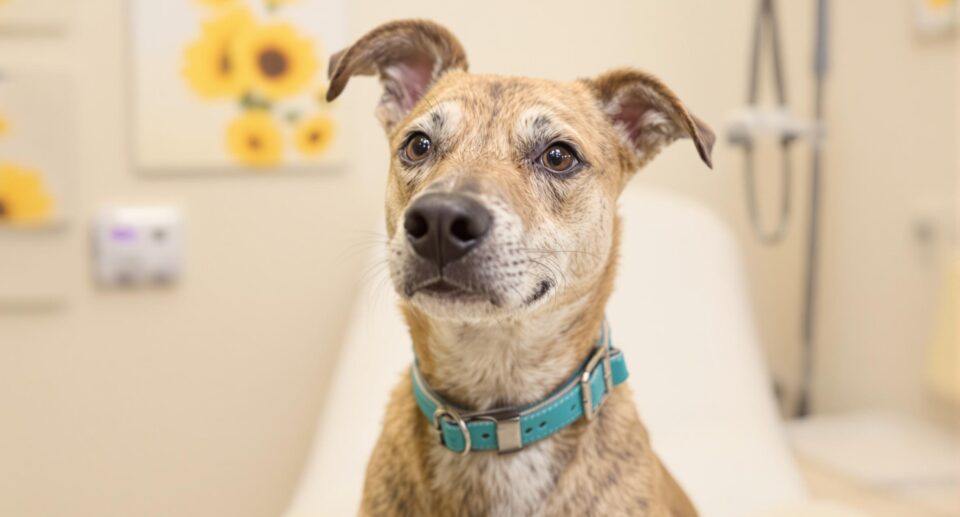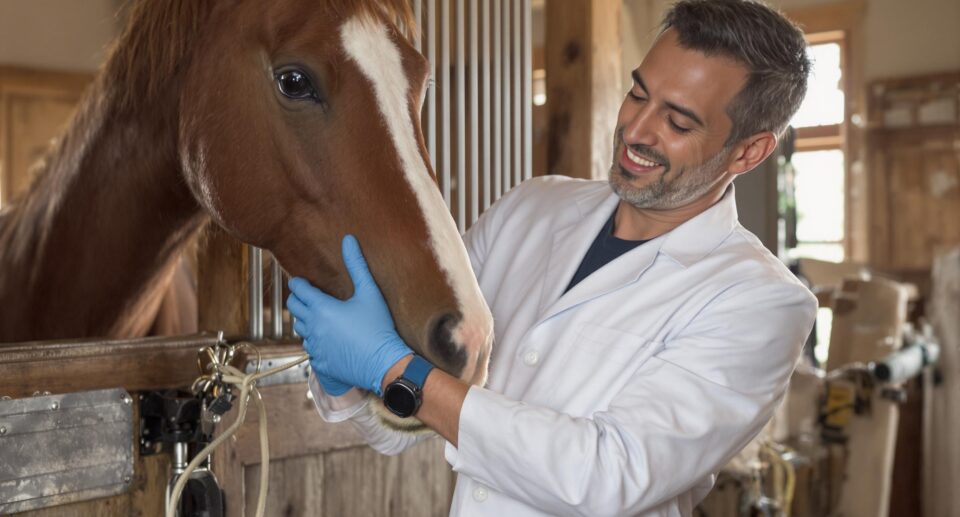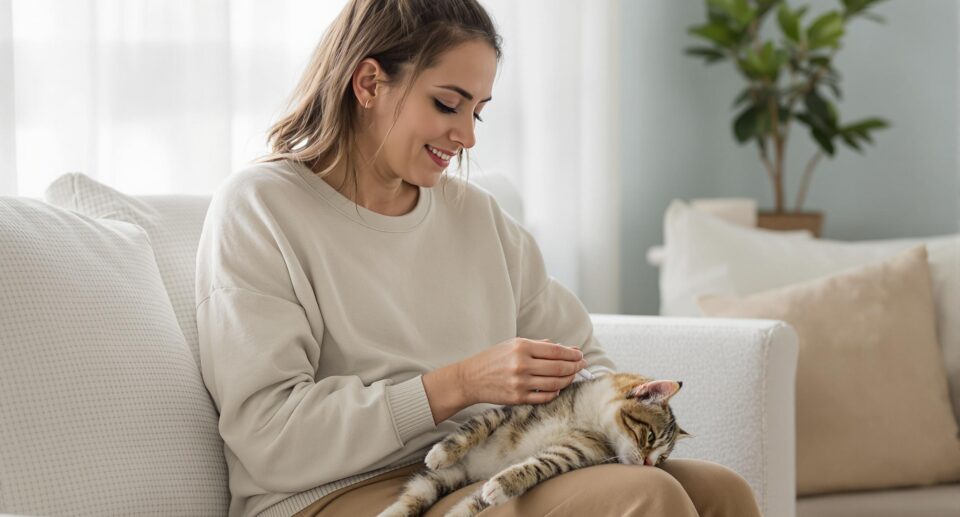Corneal Ulcer Treatment for Dogs

Treatment options for pets with corneal ulcers
For treatment of corneal ulcers in pets, veterinarians will prescribe an ophthalmic medication, perhaps one with a topical antibiotic. Among the antibiotic eye medications are Terramycin (Rx) and Gentamicin Sulfate Ophthalmic Solution (Rx).
Your veterinarian may also prescribe Atropine Ophthalmic Solution (Rx), which helps in two ways. Atropine dilates the pupil so that fluid can exit the eye through an open canal, keeping eyeball pressure normal; and atropine stops the muscles that control the pupil from opening and closing. Paralyzing the muscles helps prevent pain caused when pupillary muscles spasm. The pupil remains wide open, so protect your pet from sunlight if your veterinarian prescribes atropine.
The newest medical therapy for corneal ulcers is Adequan Eye Drops (Rx) mixed with artificial tears to create a solution that is 5% polysulfated glycosaminoglycans (PSGAG). In a recent test, the solution, applied three times a day, improved non-healing corneal ulcers in 85% of the pets treated.
Corneal ulcers may be best treated by a veterinary ophthalmologist who will culture the ulcer to choose the correct antibiotic. The ophthalmologist may surgically remove the dead tissue and foreign material from the wound, and sew the eyelids shut to create a healing environment. A tiny catheter can be sewn under the eyelids so that medications can be dripped over the cornea. The catheter is especially useful for pets that have become so sensitive they won’t let you touch their eyes to instill medication. See our sections on administering eye medication in your dog’s eye or administering eye medication in your cat’s eye.
Medication to avoid if your pet’s cornea is damaged
Steroids can delay the healing of corneal ulcers. Do not use ophthalmic medications with steroids such as hydrocortisone or dexamethasone unless specifically instructed by your veterinarian. These ophthalmic medications contain steroids and should be avoided: B.N.P. with Hydrocortisone Triple Antibiotic Ophthalmic Ointment (Rx), Dexamethasone Sodium Phosphate Ophthalmic Solution (Rx), Neo Poly HC Ophthalmic Suspension (Rx), Neo Poly Dex Ophthalmic Suspension (Rx), Prednisolone Sodium Phosphate (Rx), and Prednisolone Acetate Ophthalmic Suspension (Rx).
On the other hand, if your pet has a swollen cornea but no infection and no ulcers, your veterinarian may prescribe steroids to control inflammation. The steroid can be within the ophthalmic medication (such as the medications in the preceding paragraph) or can be systemic-acting steroids, such as Prednisone (Rx).
Many eye injuries are painful, and your pet may be prescribed an analgesic, such as aspirin or Rimadyl (Rx). We recommend the oral homeopathic T-Relief Tablets, which naturally eases pain because it stimulates healing and controls inflammation.
What happens if the cornea does not heal properly?
With the proper medical care, a healthy cornea heals within a week. If your pet does not receive care, or if your pet lacks the ability to heal, his or her body will try to heal the cornea by sending blood vessels from the white of the eye to cross the cornea. These vessels grow about 1 mm/day. The cornea may swell, become cloudy, hazy, and somewhat blue-gray. If bacteria invade, they secrete toxins that erode the cornea creating an ulcer. Without attention, the cornea becomes so cloudy and scarred that light cannot travel through it, and your pet becomes blind. An unhealed cornea is also painful.
Blindness in dogs and cats
Blindness is not the end of the road for a pet whose major sense organ is its nose. In addition to their noses, pets use their whiskers to tell them what’s up close, and their ears to tell them what’s in the surrounding area. If your pet becomes blind, keep the house and yard the same as it was. Do not rearrange the furniture because your pet will run into it until he or she learns where you’ve placed everything. Protect your blind pet from vehicle traffic by keeping him or her on a leash or in a fenced yard.





